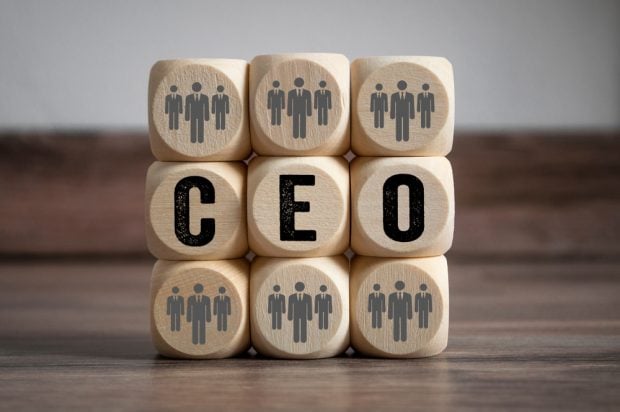Going green isn't just a trend anymore–it's becoming an expected way of life. And credit unions are finding that replacing paper documents with electronic ones doesn't just save trees. It saves money, saves time and creates new marketing opportunities.
A popular way for credit unions to reduce their use of paper is to deliver electronic statements in lieu of printed statements. One e-statement vendor is the Atlanta, Ga.-based document distribution vendor DATAMATX, which provides SAS 70-compliant electronic statement services that can be enhanced by targeted marketing messages to a number of industries, including financial institutions.
DATAMATX President/CEO Harry Stephens said of the company's more than 40 credit union clients, most are using electronic statements or are close to using them due to rising postage costs and advances in technology.
Recommended For You
"The traction is there now," Stephens said of moving to electronic statements. "The younger generation is taking to it with mobile banking, and bigger statements are easier to read now on devices like the iPad."
Bob Sheperd, the national credit union executive of sales for DATAMATX, said aside from distributing electronic statements to their members, credit unions can convert any correspondence that circulates internally, such as reports and internal statements, into electronic form.
The $44 million, Burlingame, Calif.-based United Health Credit Union began using services from DATAMATX in April, but they've been offering electronic statements for the past 10 years, CEO Linda White said. The CU also archives all of its reports electronically and is considering converting its printed newsletter from a quarterly publication to a biannual one, she said.
In West Jordan, Utah, the $2.9 billion Mountain America Credit Union recently implemented the paperless mortgage closing service Quick Close, which allows members to manage their mortgage closing documents electronically. Jeanie Olsen, vice president of mortgage services, said Mountain America CU adopted the service in order to save paper, ship and fund files on the same day and save time for their members. Next, the CU plans on moving to a paperless process for its consumer loans.
The paperless closing process "is brand new and still evolving, however, the member experience is much better when they can review their documents from their own homes, spend very little time at the actual closing, and then receive everything related to their mortgage loan transaction on a tiny little green thumb drive," Olsen said.
While it does cost money to implement paperless solutions, sources say the end result is an overall savings. Stephens said e-statements lead to significant postage savings, and Olsen said implementing Quick Close has allowed Mountain America CU to market its same day closing and funding abilities, grabbing the attention of the local Realtor community and leading to increases in purchase volume.
Converting to paperless loan closing and statement delivery solutions also helps to streamline business processes. White said DATAMATX's services have increased efficiency for United Health CU.
And another added benefit of going paperless is an increase in marketing opportunities. DATAMATX allows credit unions to advertise other products, such as auto loans, to members by embedding messages and links directly into their e-statements.
"Electronic statements give credit unions the ability to interact with members and cross-sell their services," Stephens said.
Since many electronic statement services require members to physically opt in before they can say goodbye to mailed statements, getting them to jump on the bandwagon often takes some promotional work. Sheperd said credit unions can send email notices about e-statement adoption to members and include messages on printed statements explaining how opting into their e-statement program can benefit both the CU and its members.
White added it's important to make the electronic statement adoption process simple–at United Health CU, members can simply click on an e-statement tab after logging onto their online banking account to opt in.
While sources said the outcome of reducing paper is fully positive, don't expect credit unions to throw out their printers completely. They say sometimes, printing a physical document is preferred.
"Some people simply want the touch and feel of something being on paper," Sheperd said. "Printed mail won't completely go away. People also have to realize that if they want that touch and feel, they can print the document off themselves."
Olsen pointed out that in some cases in the lending business, paper is still legally required. For example, pen and paper signatures are needed for government loans and in some Utah counties, Olsen said.
"The paperless world is still evolving, and it isn't possible at this point in time to provide a completely paperless experience in some instances," Olsen said.
And while some members who are not as tech savvy as others may not be ready to give up their mailed statements, they may feel forced into adopting the service.
"I know some credit unions have gone away from using paper statements altogether, and if the member wants a paper statement, they have to request it," White said.
© 2025 ALM Global, LLC, All Rights Reserved. Request academic re-use from www.copyright.com. All other uses, submit a request to [email protected]. For more information visit Asset & Logo Licensing.








